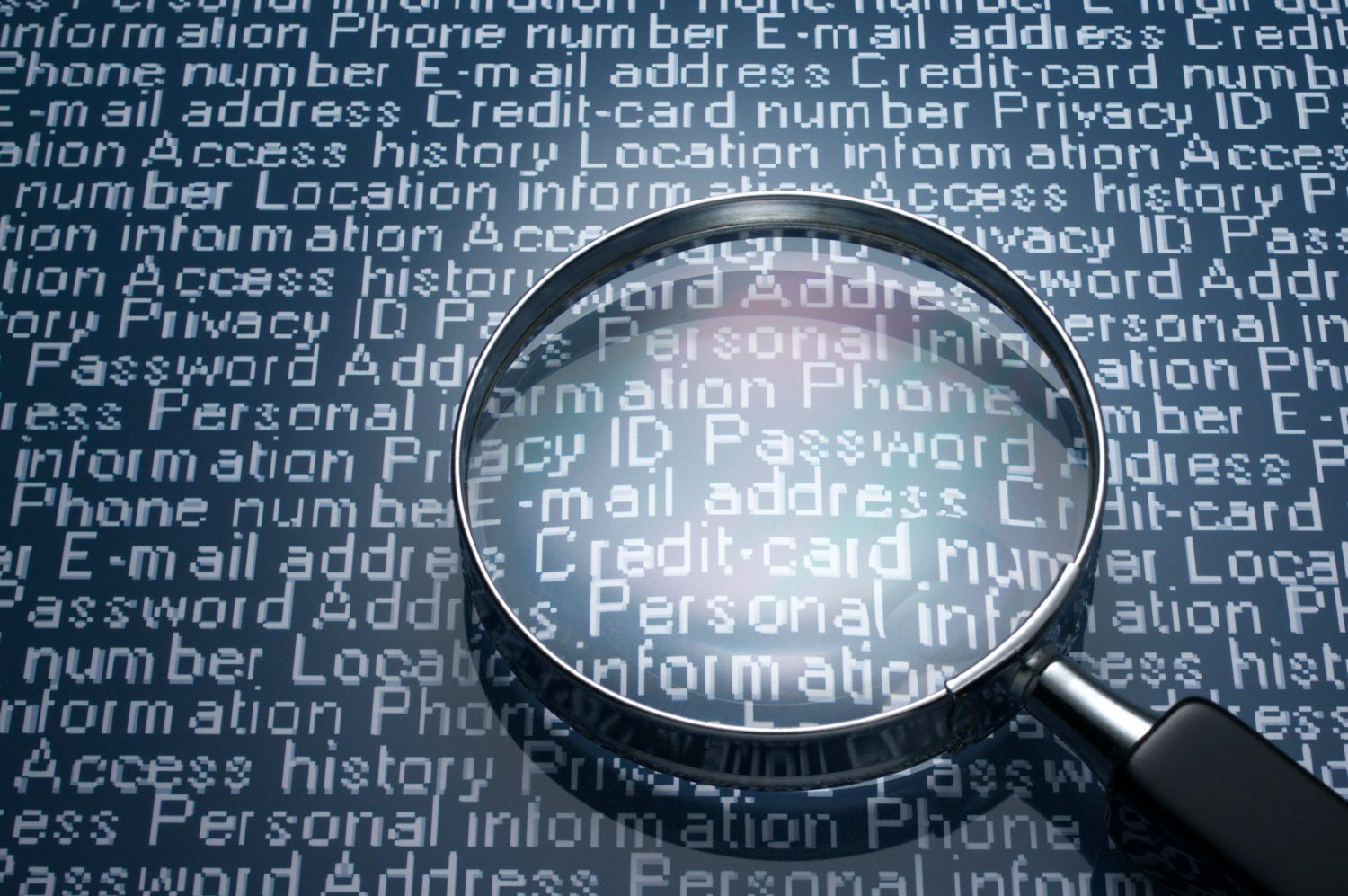November 5, 2015
Today, the majority of essential business functions are housed within a company’s data center. Everything from voice to file storage to customer accounts and more depend on the sustained connection and operation of a data center solution. Yet, these devices are relatively fragile and vulnerable to physical and virtual damage. Without these key components of the business, the whole company grinds to a halt.
Data center downtime, no matter how brief, costs money. The Ponemon Institutes’ 2013 study found that just a single minute without connection to the data center costs a company on average $7,908. Even if your particular downtime cost were half that amount, it would still warrant preventative measures to ensure the protection of mission-critical applications.
Common Causes of Data Center Breakdowns
The in-house data center is far from indestructible. Anything that could damage a personal computer could cause a disaster in the data center. That being said, there are several common causes affecting data centers today.
- Natural Disasters
- Flooding
- Unqualified Personnel in the Data Center
- Generator Failure
- Uninterruptable Power Supply (UPS) Failure
- Equipment Failure
- Cyber Crime
As with all data protection and disaster recovery strategies, the key is redundancy. Chicago is renowned for both heavy rains and heavy winds; it won’t do any good in the event of a flood or tornado to simply store double the hardware on-premise. So for effective redundancy, companies must house extra infrastructure equipment in a colocation (colo) or take it a step further. Through the Infrastructure as a Service (IaaS) model, companies can reap many of the advantages of a colo while also leveraging cloud technology to increase speed, scalability, and flexibility.
Colocation vs. Infrastructure as a Service
The two best options to protect your data center are either a traditional colo or IaaS. Each have their advantages and companies can make use of one, the other, or even a hybrid of both to protect their data.
- Colocation: Traditionally in a colo scenario, Company A rents storage space in a data facility owned by Company B. This data facility provides the security, staff, cooling, and power while Company A provides the hardware.
- Infrastructure as a Service (IaaS): IaaS is a little different and makes use of cloud technology. In this model, Company B hosts hardware, software, servers, storage, and other infrastructure components at their facility, and Company A accesses these resources through the internet. Many traditional colocation facilities are now offering IaaS to remain competitive.
- Hybrid Cloud Model: Some companies may not need all of their applications in the cloud but still want to make use of the compute power of a cloud provider. In the hybrid cloud model, Company A typically owns some of the hardware but utilizes a cloud provider as well. This ensures the advantages of the cloud while still allowing the company’s in-house IT team direct access to the hardware.
Colocation: Data Center Fortresses
The entire colocation strategy is based on the quality of the off-site data center. Colo facilities are a far safer environment for hardware than anything the vast majority of in-house IT departments can provide. These buildings are designed for the exclusive purposes of safeguarding data center infrastructure for clients and ensuring data centers remain in operation. All in all, an off-site data center can begin to resemble a fortress, and this becomes even clearer considering some of their security measures.
- Power Redundancy: Power outages are far too common to trust the public electrical grid. When companies require the minimum downtime possible, steps need to be taken to supply the hardware with power at all times. Colo sites often have multiple generators and emergency power supplies. In the event one fails, there is another on standby to carry the load.
- Flood Protection: Many colos place their equipment on thirty-six inch raised floors to protect against flooding. In the event of a flood, the water would pool far below the equipment and pose no threat the company’s data.
- Multiple Layers of Security: Biometric scanners, 24 hour surveillance, on-site security teams, and more are all common security features of colo sites.
IaaS: Colocation Facilities with Cloud Technology
IaaS providers deliver many, if not all, of the same advantages of a colo. An IaaS data center is still a facility designed to protect the hardware within. So, it will resemble the colo fortress above with a few unique advantages all its own.
- No Hardware Necessary: First and foremost, the company is no longer required to purchase and maintain hardware. The enormous ongoing cost of upgrading, housing, cooling, and powering a data center infrastructure is replaced with an IaaS contract.
- Licenses: In the IaaS model, companies still purchase licenses for their software. As opposed to most hosted solutions, which operate on a subscription-based payment plan, the company will retain the license even if the contract with their IaaS provider is dissolved.
- Managed Services Available: IaaS customers have the option of leveraging Mindsight’s expertise for monitoring, alerting, and maintaining their data center.
- Scalability: IaaS makes scaling to match a company’s data needs about as easy as possible. Instead of the common hardships, an IT director needs only to contact their IaaS provider and upgrade their agreement to include more storage or compute power.
Like what you read?
About Mindsight
Mindsight, a Chicago IT consultancy and services provider, is an extension of your team. Our culture is built on transparency and trust, and our team is made up of extraordinary people – the kinds of people you would hire. We’ve always prided ourselves in delivering the full spectrum of IT services and solutions, from design and implementation to support and management. Our highly-certified engineers and process-oriented excellence have certainly been key to our success. But what really sets us apart is our straightforward and honest approach to every conversation, whether it is for a local business or global enterprise. Our customers rely on our thought leadership, responsiveness, and dedication to solving their toughest technology challenges.





